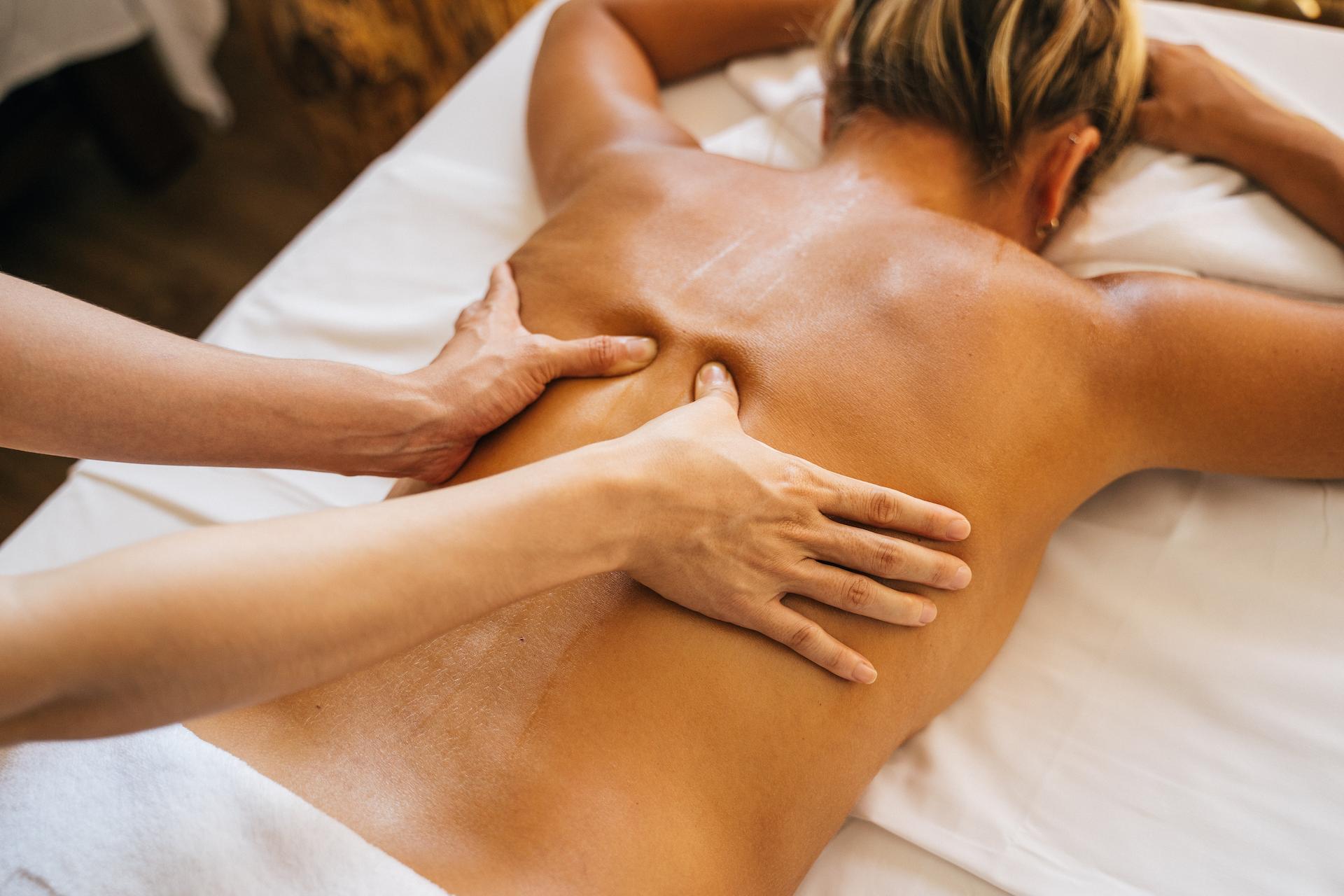Our bodies suffer from physical, emotional, and mental stress over the years. Going for a massage is often recommended as a great way to destress, loosen tight muscles, and get your circulation flowing again. Some experts suggest massage for various disease states. But does it actually work? We look at what these experts have to say.
The Masseuse Perspective
Your masseuse will advise you to get regular massages to keep your body in peak condition, along with healthy eating and exercise. After an hour on the table getting a full body massage, you will feel incredibly relaxed and pampered, and will be inclined to agree and to book your next appointment.
Massage is also often touted as helpful for medical problems, such as cancer and during chemo treatments, fibromyalgia, back, neck, and shoulder pain, osteoarthritis, headache, HIV/AIDS, and weight gain in premature infants. Is massage helpful in these circumstances, and to what degree? We look next at what clinical trials have revealed about the benefits of massage for the sick.
The Scientific Perspective
While the American College of Physicians states that massage is useful for acute lower back pain, it did not add chronic lower back pain to its list. However, the Agency for Healthcare Research and Quality reviewed twenty studies and concluded that massage could potentially assist with chronic lower back pain. This conservative finding was based on slim evidence and was not conclusive. They also examined studies comparing massage types. This evidence fell short of favouring one kind of massage over another.
Two separate reviews of studies on the effectiveness of massage for neck and shoulder pain agreed that massage could provide temporary relief from these sources of discomfort. Another review did not find sufficient evidence to support this. A randomised controlled trial determined that a minimum of one-hour massage sessions three or more times in a week had a greater effect on neck pain than shorter, less frequent massage.
Sufferers of osteoarthritis may find relief from knee pain through massage. During the six months following massage, there may be a reduction in pain and better mobility. When osteoarthritis patients experienced eight weeks of Swedish massage, the improvements were significant.
Studies on the effectiveness of massage for migraines used very small samples, making it impossible to transfer the findings to cases in general. However, a follow-up examination of these studies determined that massage had at least the same effectiveness as certain chemical drugs, e.g., topiramate and propranolol. Two randomised controlled trials found that one session per week for a period of eight weeks, using either traditional massage and lymphatic drainage, or six weeks of bi-weekly treatments on myofascial trigger points, respectively, were effective pain relievers for migraines.
Various studies on how effective massage was for coping with depression, anxiety, fatigue, and stress showed positive results. Quality of life was improved as a result of treatments. Similar findings were found for HIV/AIDS victims. It was also found that massage (excluding Swedish massage) could treat these symptoms in fibromyalgia but did not improve sleep quality and duration.
How Long After Massage Is It Still Effective?
Depending on the person, their level of stress, pain condition, and type of massage, results generally indicate that massage effects continue to be felt for up to a month later. Some people only experience the benefits for a day. It is possible to get more value from massage by following these guidelines. For effective treatments, visit utopiabeautique.com.
Overall, massage can play an important role in many conditions.



Leave a Reply
You must be logged in to post a comment.